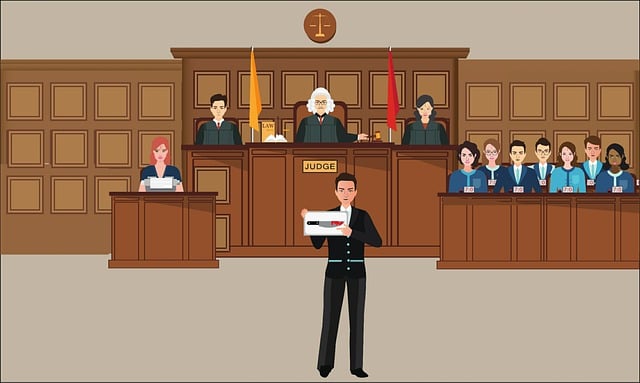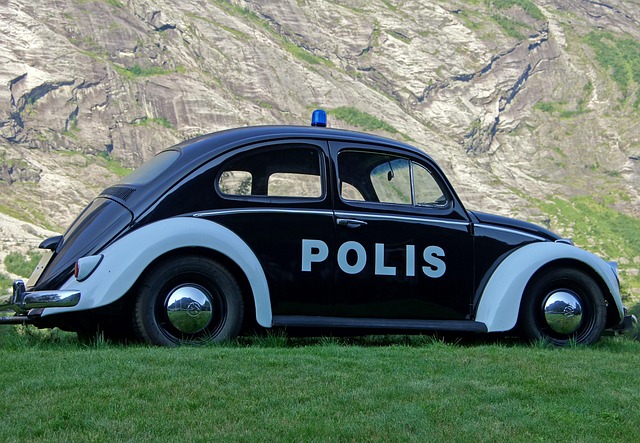Environmental crime trials hinge on navigating complex regulations and presenting robust evidence. This includes scientific reports, expert testimonies, photographs, and diverse witness accounts. Defense strategies challenge evidence admissibility, aiming for charge dismissal. Integrating tangible, digital, and community-based evidence helps prosecutors secure justice in these intricate cases. Advanced technologies and corporate culpability are emerging tactics to deter environmental crimes. Successful case studies nationwide showcase the power of multifaceted evidence handling, setting precedents through effective Types of Evidence Used in Criminal Prosecution.
“Environmental Crime Trials: Unmasking Ecological Offenders and Their Impact
This article explores the intricate world of environmental crime trials, where legal systems confront ecological destruction. We delve into the unique challenges of prosecuting crimes against nature, from air and water pollution to habitat devastation. Understanding these trials involves examining key evidence types that expose criminal elements. The piece navigates strategies used in successful prosecutions, offering insights from real-world case studies while highlighting the evolving landscape of environmental justice.”
- Understanding Environmental Crime Trials: A Legal Perspective
- Types of Evidence: Uncovering the Criminal Elements
- Challenges and Innovations in Prosecution Strategies
- Case Studies: Success Stories and Lessons Learned
Understanding Environmental Crime Trials: A Legal Perspective

Environmental crime trials are a critical aspect of holding individuals and corporations accountable for their actions that harm the environment. From deforestation to water pollution, these cases involve complex legal battles focused on understanding environmental regulations and applying them to specific situations. The courtroom becomes a arena where various types of evidence play a pivotal role in determining guilt or innocence.
Just as in any criminal prosecution, the types of evidence used in environmental crime trials are diverse. Scientific reports, expert testimony, photographic documentation, and eyewitness accounts all contribute to building a compelling case. For his clients, successful defense often hinges on challenging the admissibility of such evidence, ensuring a thorough examination at every stage of the investigative and enforcement process. Ultimately, the goal is to secure a complete dismissal of all charges when the evidence fails to meet legal standards or when the defense presents a compelling counterargument.
Types of Evidence: Uncovering the Criminal Elements

In environmental crime trials, uncovering the criminal elements requires a multifaceted approach to evidence collection. The Types of Evidence Used in Criminal Prosecution play a pivotal role in establishing guilt and achieving extraordinary results. This includes tangible evidence like contaminated samples, hazardous waste records, and photographic documentation that visually represent ecological damage. Testimonies from experts, former employees, and affected communities also hold significant weight, providing insights into malicious intent, negligence, or deliberate deception.
Moreover, digital trails such as emails, financial transactions, and GPS data can offer a window into the actions of corporate and individual clients, revealing their roles in environmental transgressions. This robust collection of Types of Evidence enables prosecutors to navigate complex cases, ensuring accountability within both philanthropic and political communities. By presenting a comprehensive body of proof, legal teams can foster transparency and enforce environmental regulations, ultimately deterring future crimes.
Challenges and Innovations in Prosecution Strategies

Environmental crime trials present unique challenges for prosecutors, who must navigate complex legal landscapes to achieve extraordinary results. One significant hurdle is gathering robust evidence that can withstand strict admissibility standards. Unlike traditional criminal cases focusing on physical clues and witness testimonies, environmental crimes often rely heavily on scientific data, expert opinions, and intricate analysis of samples and measurements. This shift in evidence types requires prosecutors to collaborate with specialists from various fields, ensuring their testimony aligns seamlessly with the legal framework.
Innovative prosecution strategies are emerging in response to these challenges. Advanced technologies, such as satellite imagery and digital forensics, play a crucial role in uncovering illegal activities like deforestation and pollution. Moreover, prosecutors are increasingly utilizing white-collar crime tactics, focusing on corporate culpability and accountability for environmental offenses. By combining robust evidence with these modern approaches, legal professionals can effectively pursue justice, demonstrating that general criminal defense strategies must adapt to address contemporary environmental crimes.
Case Studies: Success Stories and Lessons Learned

Environmental crime trials, with their complex nature, often rely on robust and innovative use of evidence to achieve justice. Case studies from across the country highlight success stories where prosecutors have achieved extraordinary results by employing a variety of types of evidence used in criminal prosecution. These include scientific reports, satellite imagery, witness testimonies, and forensics analysis, among others.
Each case offers unique lessons learned, demonstrating that a multi-faceted approach is crucial to navigating high-stakes cases. Prosecutors who successfully build a strong narrative through these diverse evidence types not only secure convictions but also send a powerful message: environmental crimes will not be tolerated, and justice will be served. This strategy has proven effective in achieving extraordinary results and setting precedents for future environmental crime trials.
Environmental crime trials play a crucial role in combating ecological destruction and holding perpetrators accountable. By understanding the legal framework, leveraging various types of evidence, and adopting innovative prosecution strategies, these cases can lead to significant environmental protections. The case studies presented highlight successful outcomes and valuable lessons, offering a roadmap for future efforts to address these complex crimes. Through continued legal advancements and strong evidentiary practices, we can ensure that justice serves as a powerful deterrent against environmental degradation.






